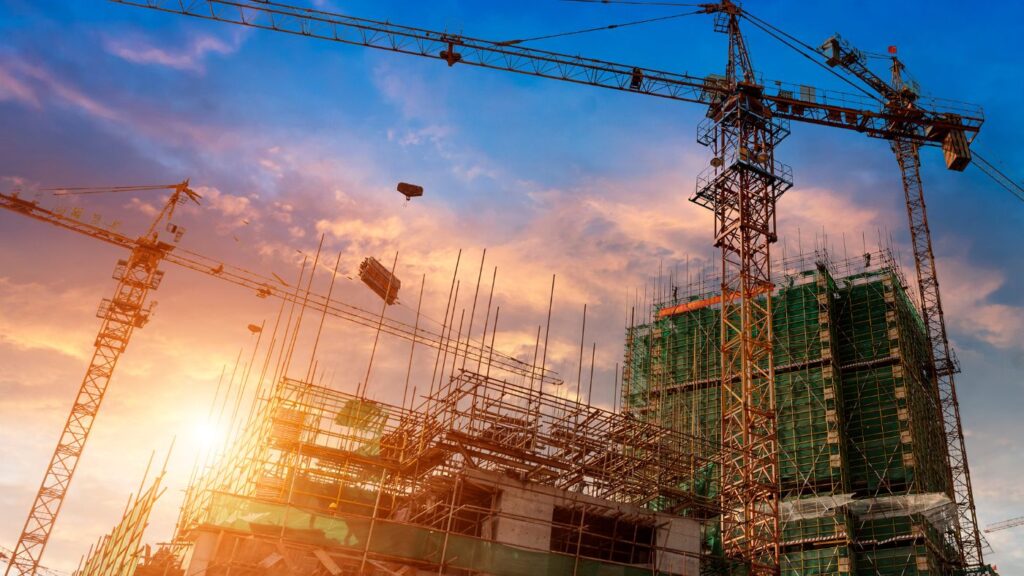The construction industry is undergoing a technological transformation, and at the forefront of this innovation is 3D printing. Once seen as a tool for prototyping and manufacturing, 3D printing is now making waves in construction, offering unprecedented possibilities in terms of speed, cost-efficiency, and design flexibility.
In this article, we’ll explore how 3D printing is reshaping the construction landscape, its benefits, challenges, and what the future holds for this groundbreaking technology.
What is 3D Printing in Construction?
3D printing in construction, also known as additive manufacturing, involves using large-scale 3D printers to build structures layer by layer. These printers use materials like concrete, polymer, or composite mixtures, which are extruded through a nozzle to create walls, floors, and even entire buildings.
Unlike traditional construction methods that rely on assembling prefabricated components or manually building from scratch, 3D printing offers a streamlined and automated approach.
The Benefits of 3D Printing in Construction
1. Faster Construction Times
3D printing significantly reduces the time needed to construct buildings. Structures that might take weeks or months to build using traditional methods can often be completed in a matter of days. This speed is especially valuable for emergency housing or infrastructure in disaster-affected areas.
2. Cost Savings
By minimizing labor requirements and reducing material waste, 3D printing helps lower construction costs. The automated process eliminates many of the inefficiencies associated with traditional methods, making construction more affordable.
3. Design Flexibility
3D printing allows architects and engineers to create complex and intricate designs that are difficult or impossible to achieve with traditional methods. Curved walls, customized patterns, and unique shapes can be seamlessly integrated into the design.
4. Sustainability
3D printing is inherently eco-friendly. It uses materials more efficiently, reducing waste and the environmental impact of construction projects. Some 3D printers also use recycled or locally sourced materials, further enhancing sustainability.
5. Improved Safety
Automation reduces the need for workers to perform hazardous tasks, such as working at heights or handling heavy machinery. This leads to fewer accidents and a safer work environment.
Applications of 3D Printing in Construction
1. Residential Homes
One of the most well-known applications of 3D printing is in building affordable and sustainable homes. Companies around the world are using this technology to construct entire neighborhoods in record time, addressing the growing demand for housing.
2. Commercial Buildings
3D printing is being used to create office spaces, retail buildings, and even schools. The ability to produce large-scale structures quickly and efficiently makes it an attractive option for commercial projects.
3. Infrastructure Projects
From bridges to public restrooms, 3D printing is revolutionizing infrastructure by enabling the rapid construction of durable and functional structures.
4. Emergency and Disaster Relief
In areas affected by natural disasters, 3D printing provides a quick and cost-effective solution for building emergency shelters, hospitals, and other essential infrastructure.
Challenges of 3D Printing in Construction
While 3D printing holds great promise, it’s not without its challenges:
1. High Initial Investment
The cost of acquiring and maintaining large-scale 3D printers can be prohibitive for many construction companies, particularly smaller firms.
2. Limited Material Options
Currently, 3D printing is limited to specific materials like concrete and certain composites. Expanding the range of materials that can be used will be key to its wider adoption.
3. Regulatory Barriers
Building codes and regulations have not yet fully caught up with the advancements in 3D printing. This can lead to delays in project approvals and challenges in ensuring compliance.
4. Skilled Workforce
Operating 3D printers and managing the associated technology requires specialized training, which may not be readily available in some regions.
3D Printing vs. Traditional Construction
| Aspect | 3D Printing | Traditional Construction |
|---|---|---|
| Speed | Faster, with automated workflows | Slower, dependent on manual labor |
| Cost | Lower due to reduced labor and material waste | Higher due to labor-intensive processes |
| Sustainability | Eco-friendly with minimal waste | More material waste and environmental impact |
| Design Flexibility | Highly customizable and intricate designs | Limited flexibility with complex designs |
| Workforce | Requires fewer but highly skilled workers | Requires a larger, more general workforce |
The Future of 3D Printing in Construction
As technology continues to advance, 3D printing is poised to play an even greater role in the construction industry. Here’s what the future might hold:
- Increased Adoption: As the cost of 3D printers decreases and more companies invest in this technology, its adoption will become widespread.
- Expanded Material Options: Researchers are working on developing new materials that can be used in 3D printing, including biodegradable and renewable options.
- Integration with Other Technologies: Combining 3D printing with innovations like robotics and artificial intelligence will further enhance its capabilities.
- Mass Customization: Homeowners and developers will be able to personalize every aspect of their buildings, from layout to design details, without significant cost increases.
How CW Young Solutions Can Help
At CW Young Solutions, we stay ahead of industry trends to offer innovative solutions for your construction needs. Whether you’re interested in exploring cutting-edge technologies like 3D printing or need help with traditional services like blueprint reading and custom house plans, our team is here to provide expert guidance.
Let’s Build the Future Together
Ready to explore how 3D printing and other innovations can revolutionize your construction project? Contact us today to learn more about our services and how we can bring your vision to life.

